White Soda Bread
Sieve the dry ingredients together in a bowl. Make a well in the centre and pour the milk in gradually, mixing the flour from the sides. Make sure the mixture isn’t too dry.
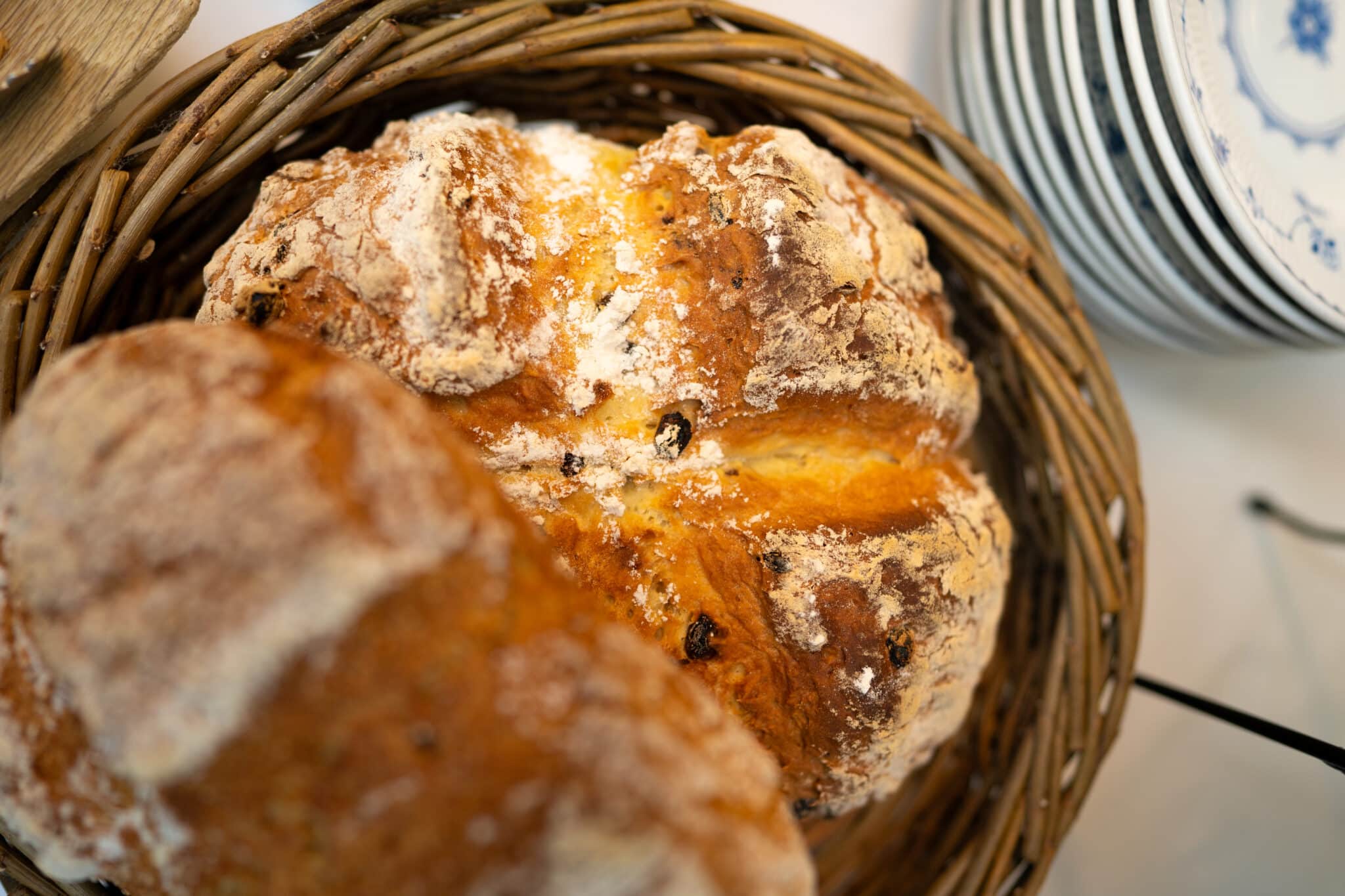
Sieve the dry ingredients together in a bowl. Make a well in the centre and pour the milk in gradually, mixing the flour from the sides. Make sure the mixture isn’t too dry.
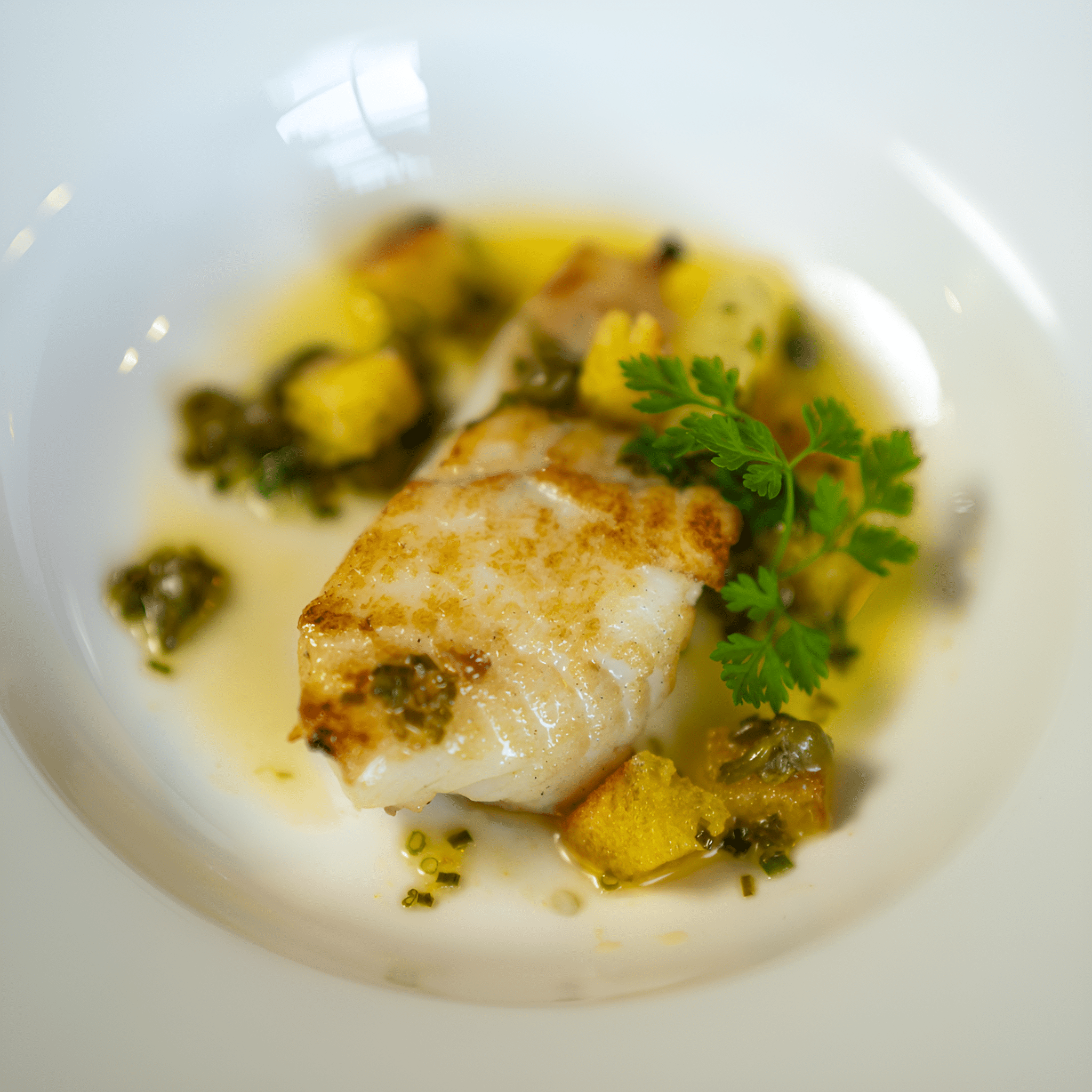
Purchase the freshest monkfish you can find, or any other white fish like John Dory, Halibut, Hake, or Cod, are all great options.
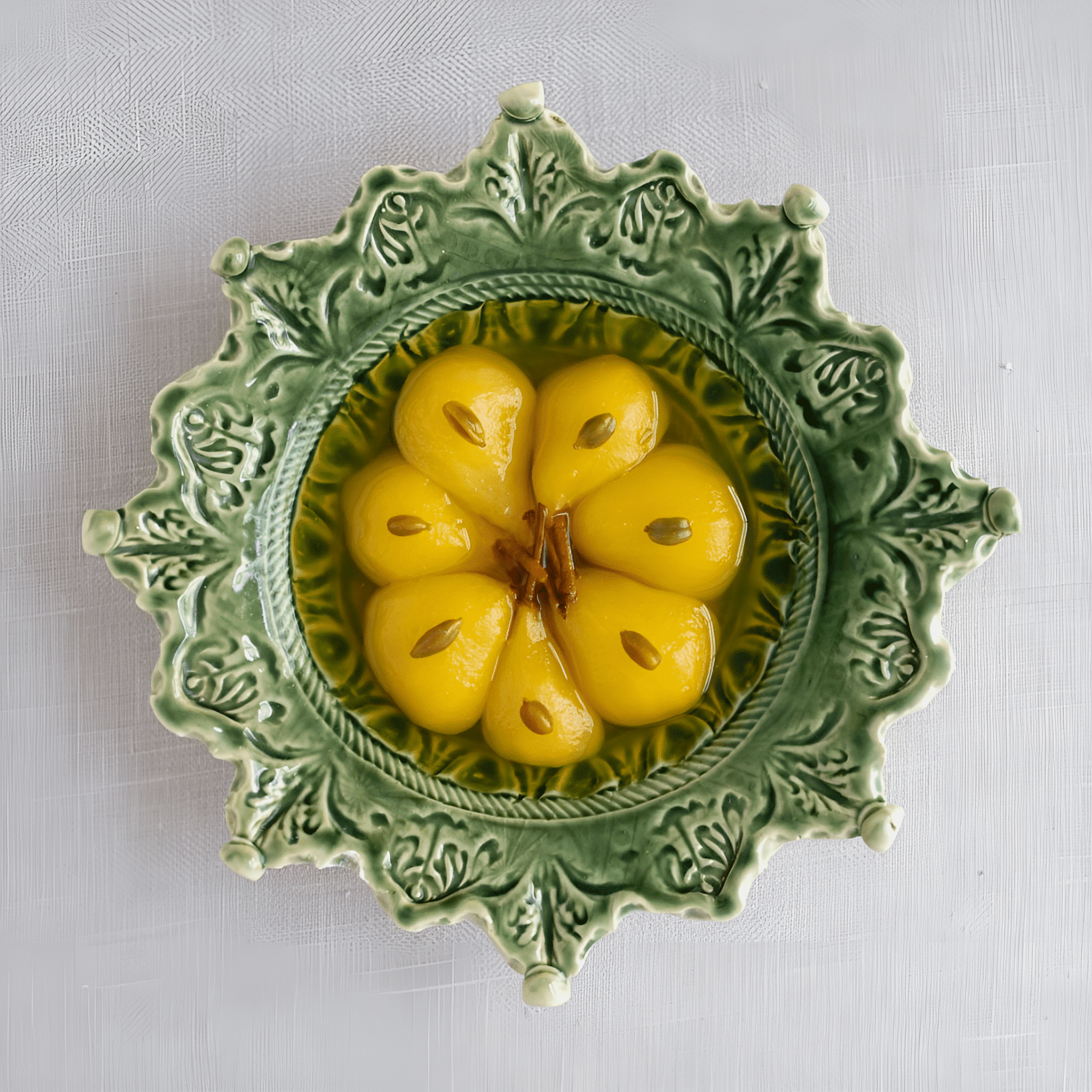
The harvest season is the most anticipated time at Ballymaloe House Hotel.

Prepare the fish by removing the tough grey membrane and cutting it into 150g pieces. Cook the red pepper by scorching it under the grill until the skin is black.
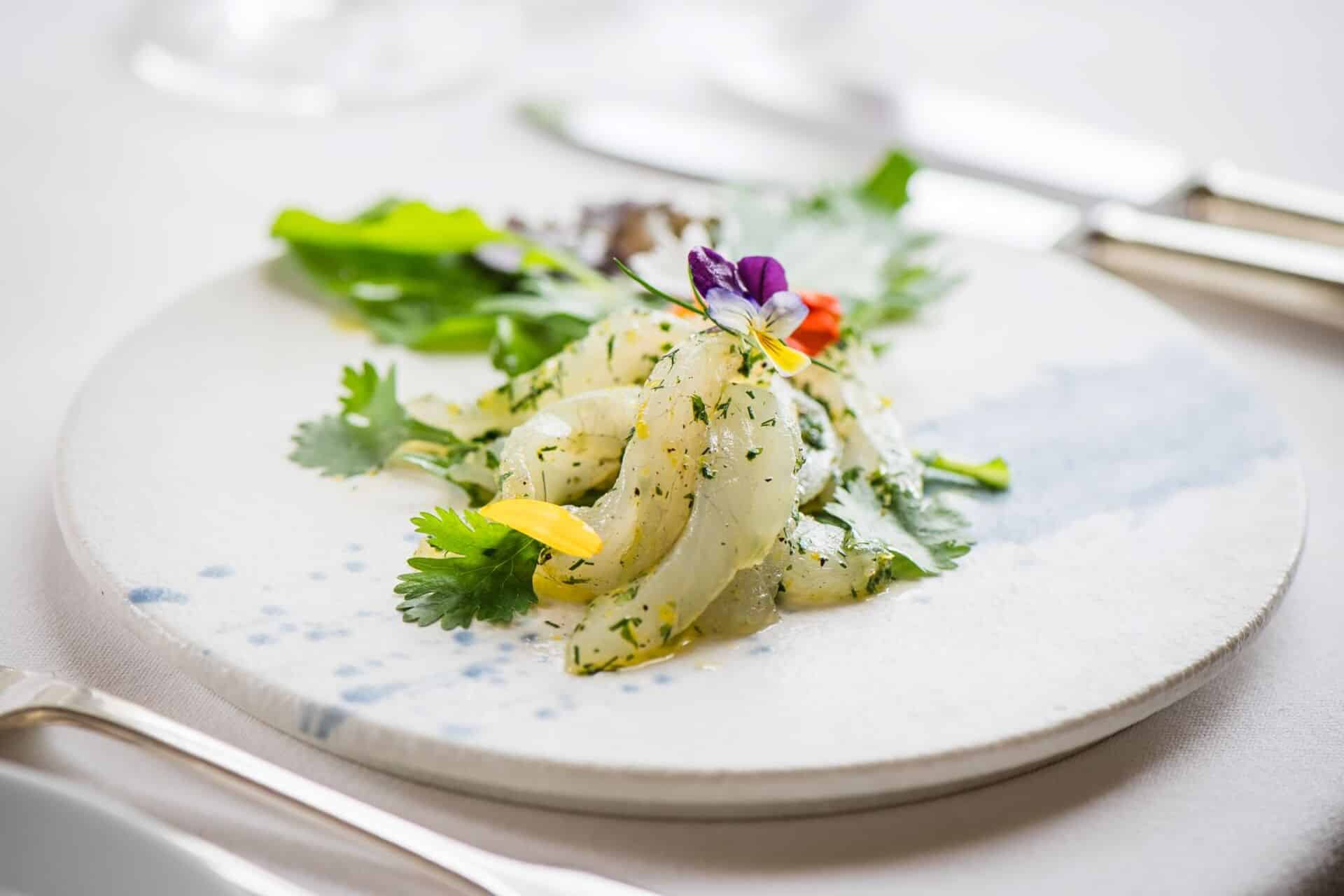
I love the clean, fresh taste of ceviche, which originates from South America. We often include it on our menu, as we are fortunate to have fresh fish available locally all year round.
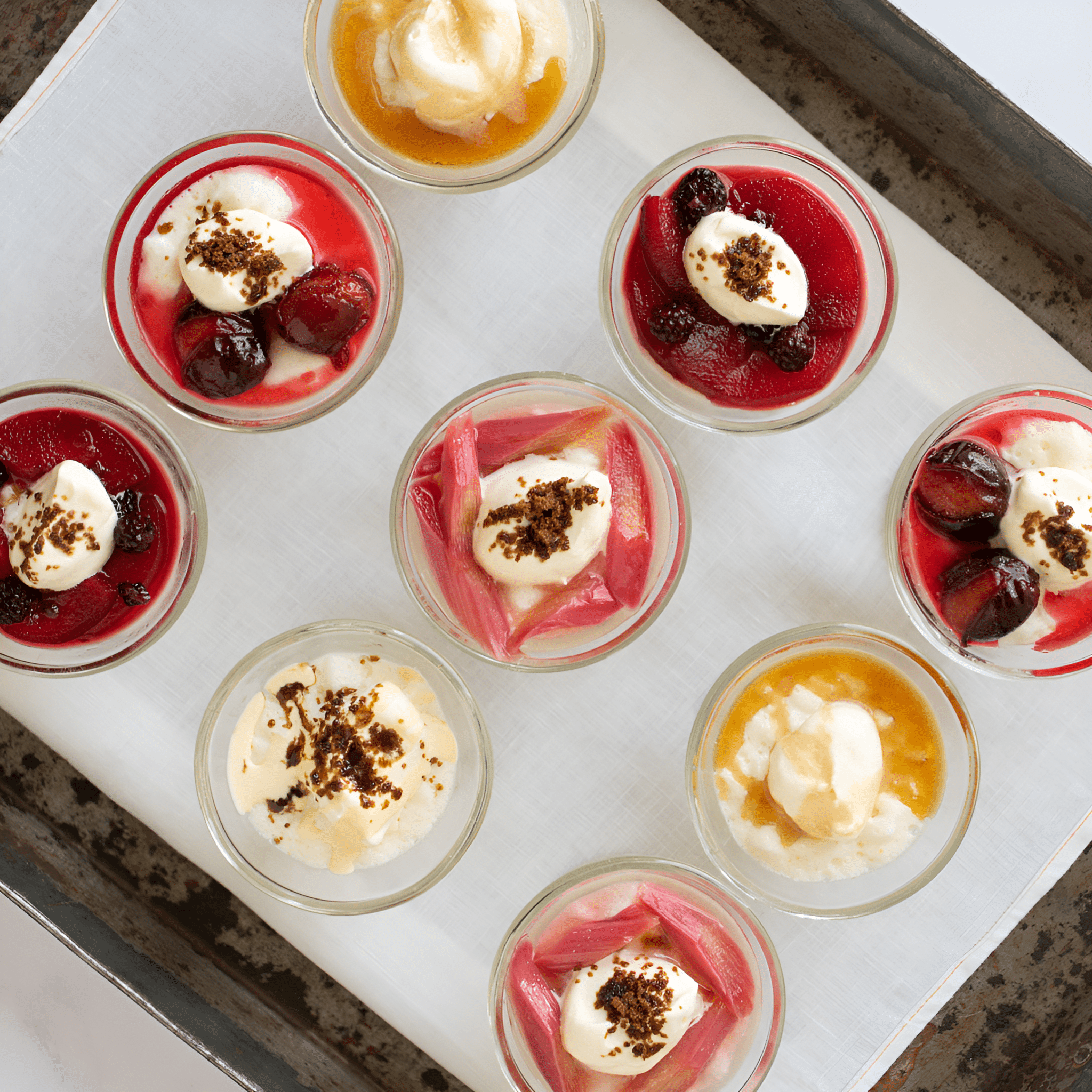
For more sophisticated meals, I serve it topped with whipped cream and coffee sauce strongly laced with whiskey"
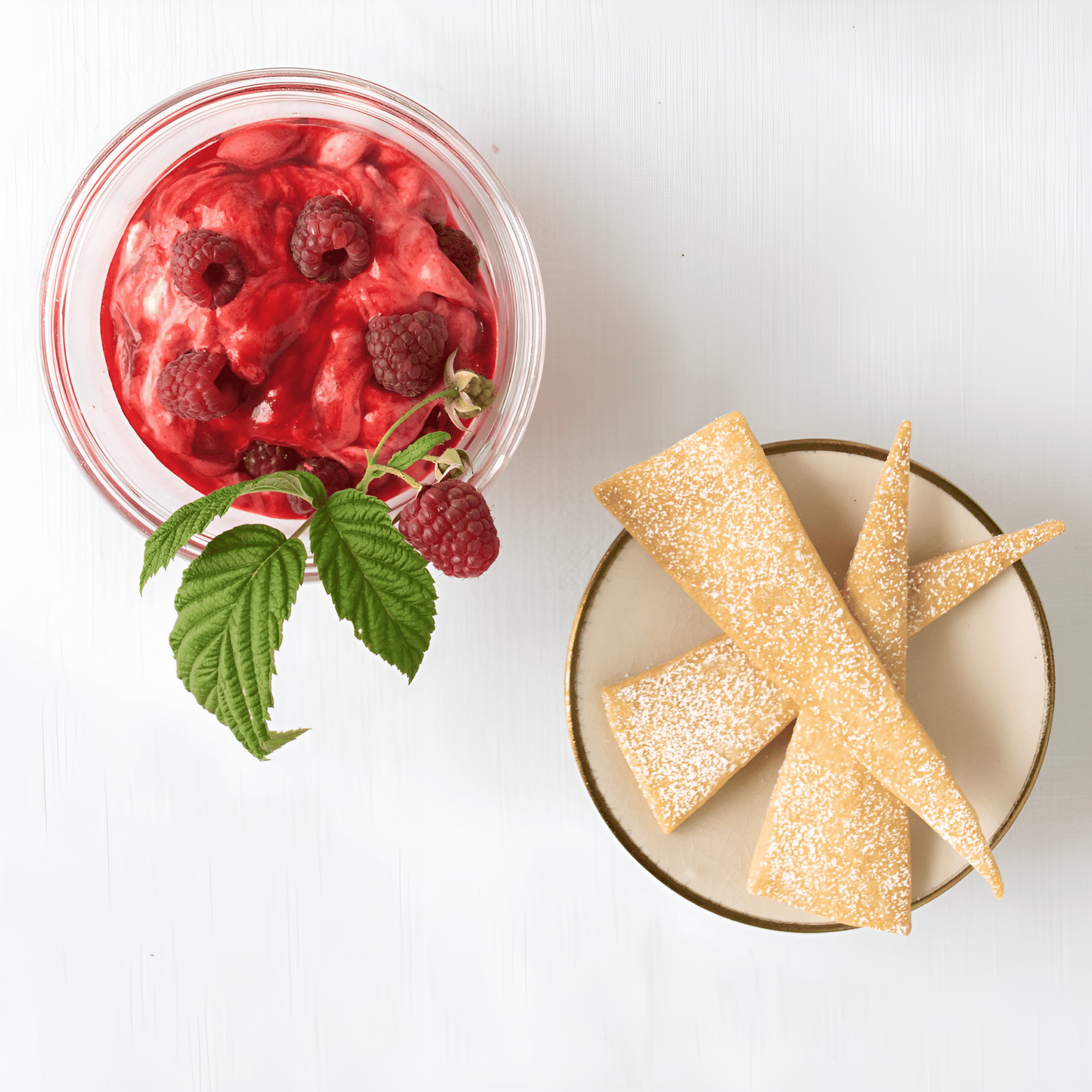
This recipe can also be used to make loganberry and tayberry fool: just substitute the raspberries with whichever berry you choose.
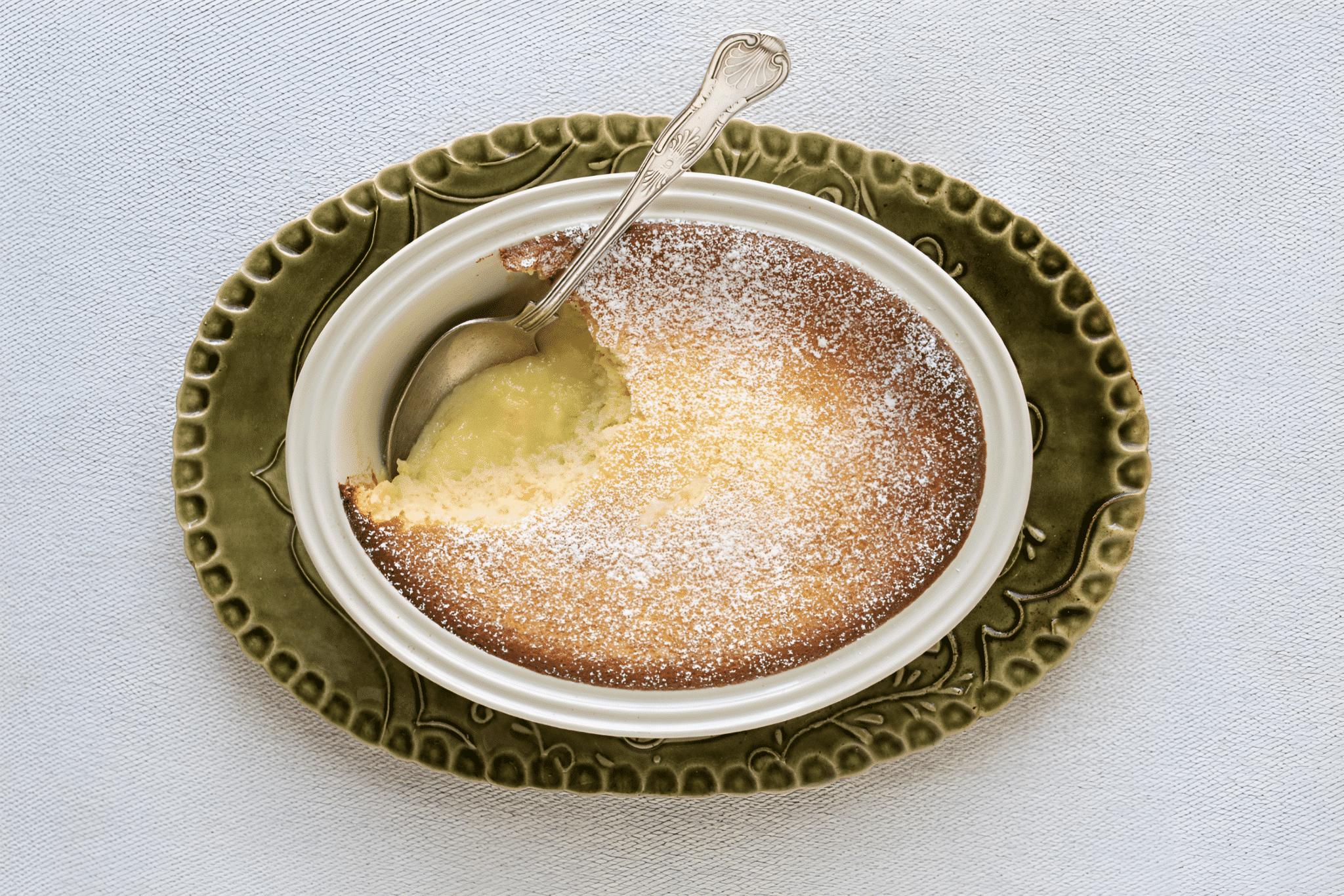
Myrtle Allen had been making this old-fashioned pudding long before she opened the restaurant at Ballymaloe.